The best plants for zone 8 – expert advice on the vegetables, native perennials and flowers that will thrive
Expert advice on what to plant in US hardiness zone 8

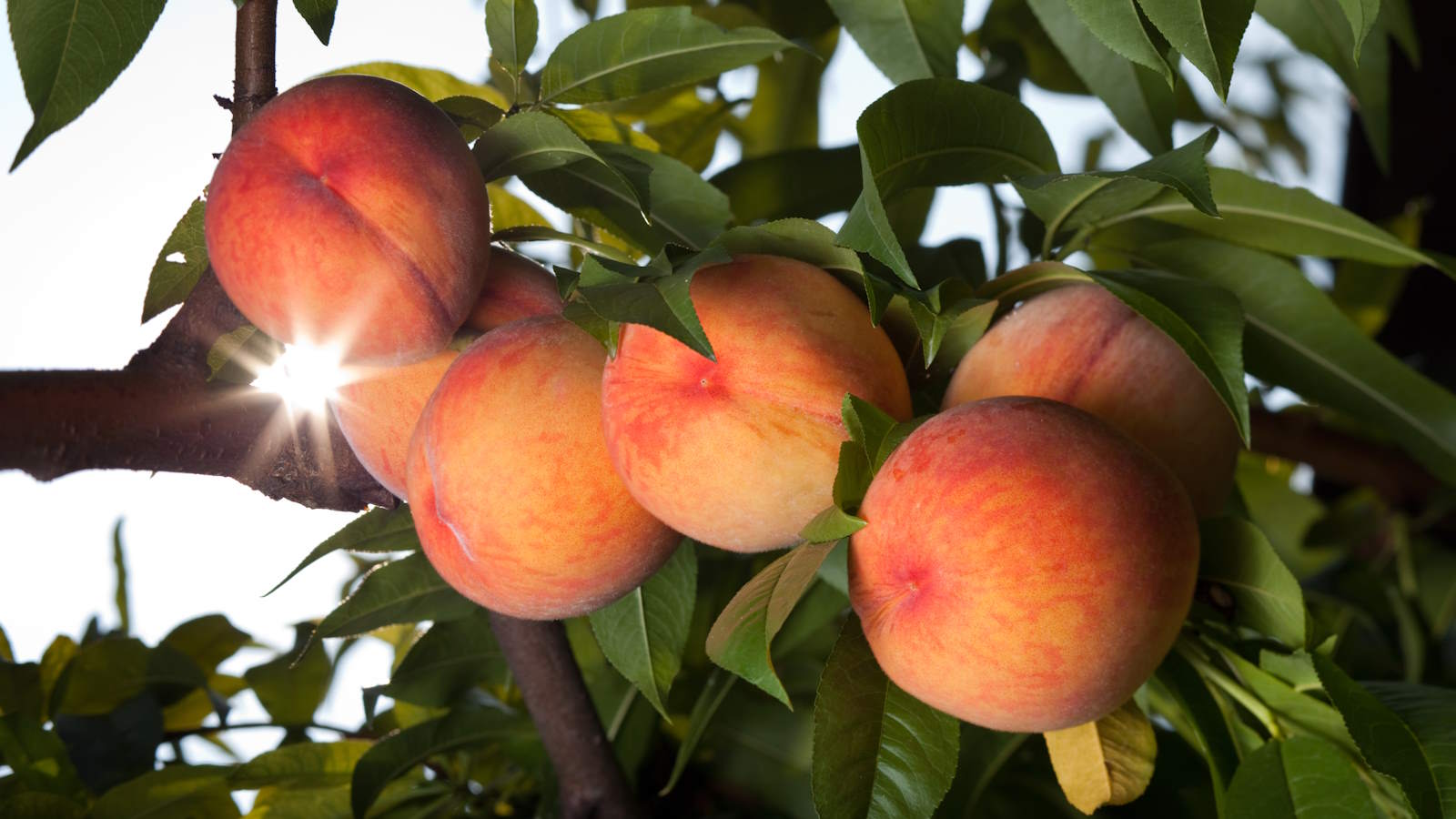
How cold is your yard in winter? How deep does the winter frost penetrate the ground? Will plants that are native in your area survive winter better than plants that grow wild in other parts of the world?
The answer to all these questions is that gardeners no longer need to ask them. It’s now easy to choose plants for your yard that will not be killed by winter’s cold; to choose plants that have exactly the winter tolerance you need.
This is how it works. The United States Department of Agriculture (USDA) has divided the country into 13 different areas, hardiness zones, according to the average lowest winter temperature. The USDA accessed data from weather stations across the country to create the map, which was last updated in 2023. Here, we take a closer look at what this means, and the best plants - from bulbs, trees, natives, vegetables and annuals - to grow if you live in zone 8.
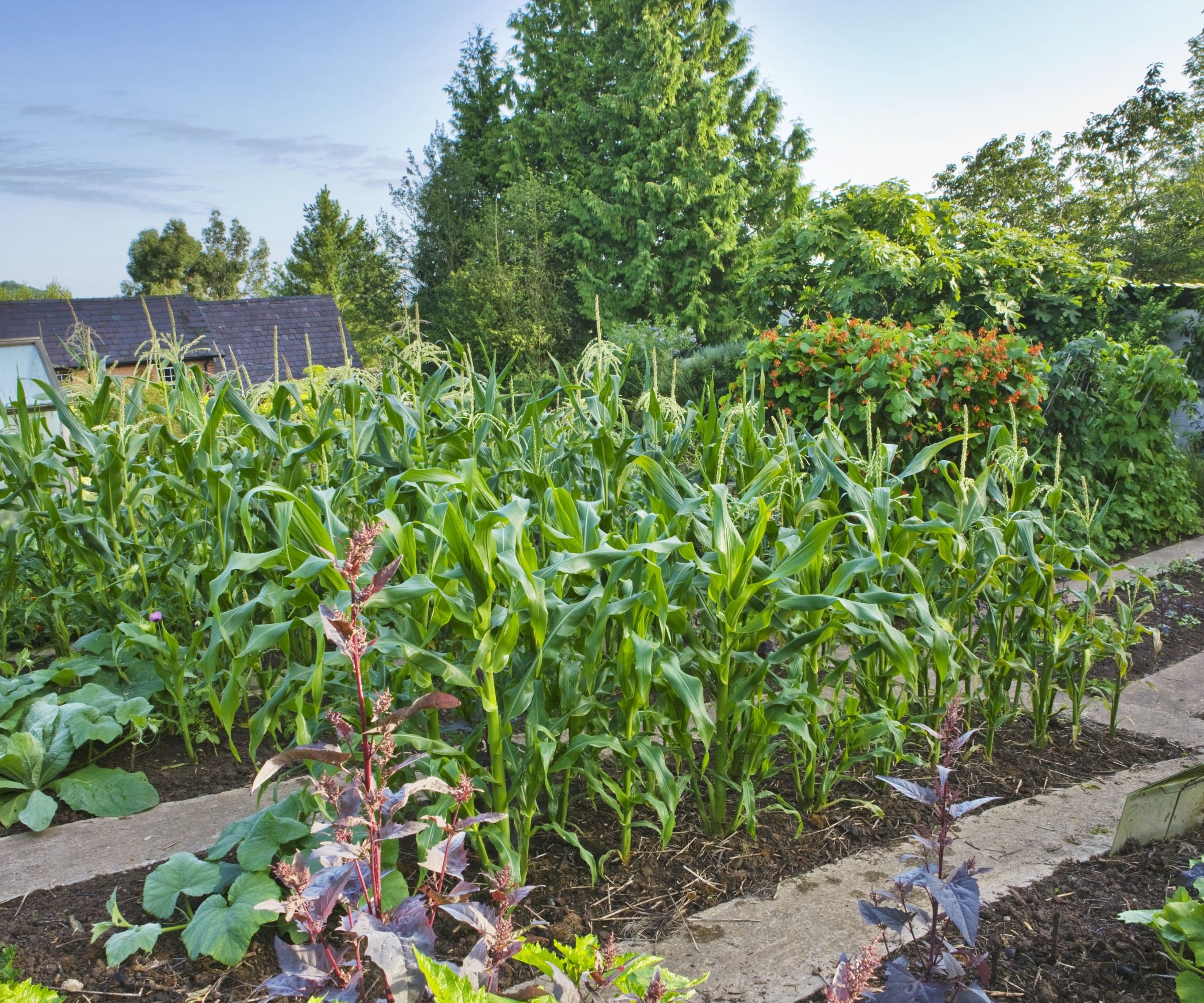
US hardiness zones explained
Hardiness zone 8 covers areas with a lowest winter temperature of 10F to 20F. For additional accuracy, each zone can be split into two subzones, zone 8a (10F to 15F) and 8b (15Fto 20F), for example, but this level of detail is not always needed.
At the same time, for decades now, horticultural experts across the country have been assessing all the plants that we grow and allocating each variety a hardiness rating, that indicates the lowest winter temperatures that the plant will tolerate.
Hardiness ratings for individual plants can be found on plant tags, on websites hosted for mail order nurseries and advisory organizations, in books, magazines – hardiness ratings are cited Z8 or Zone 8. These hardiness ratings match the hardiness zones so you can tell in an instant if a plant is hardy enough to survive the winter in your area
Choosing plants for Zone 8
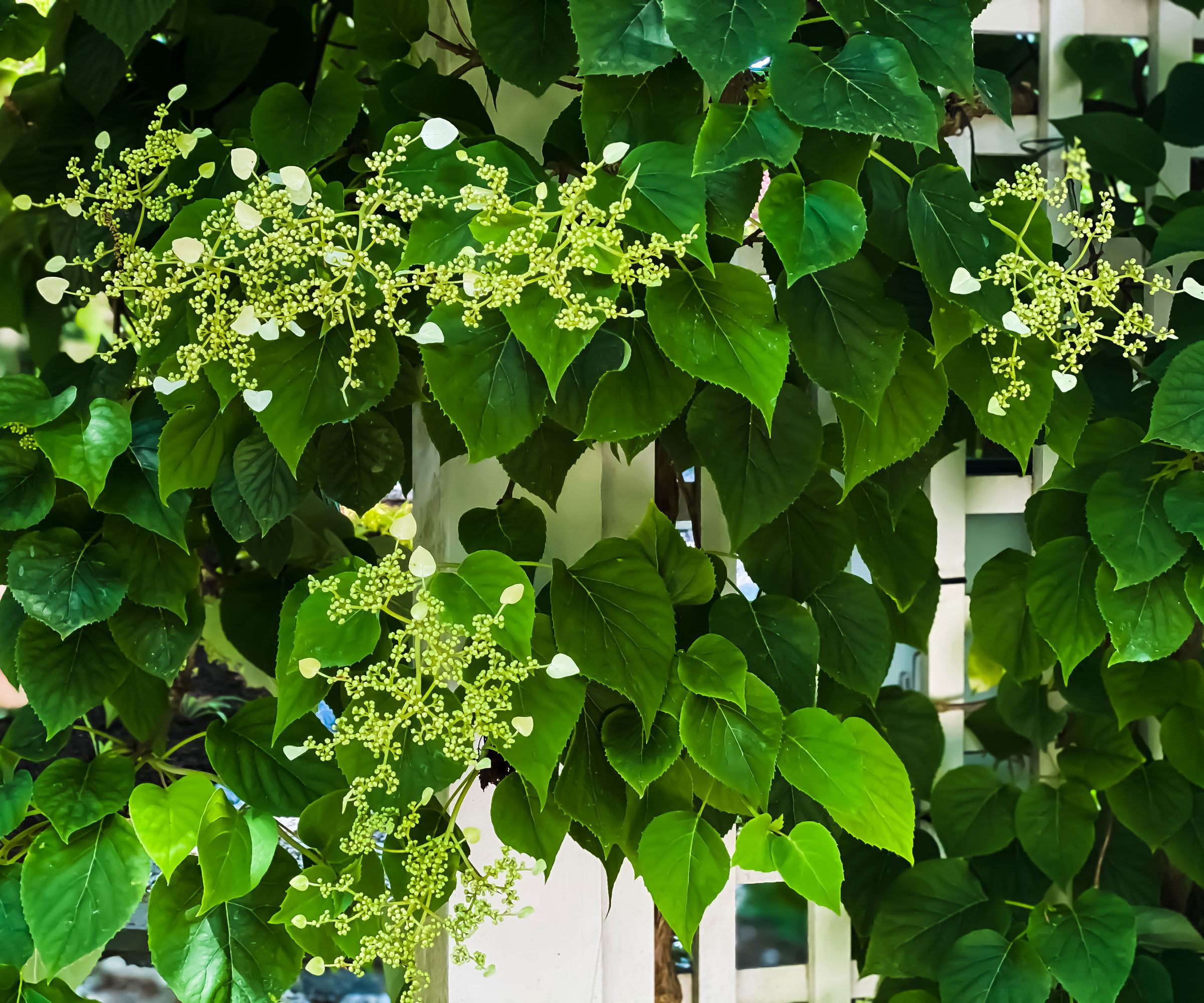
Matching the USDA Hardiness Zone for your area with the hardness rating for individual plants is the best guide to which plants are winter hardy in your area.
Design expertise in your inbox – from inspiring decorating ideas and beautiful celebrity homes to practical gardening advice and shopping round-ups.
But although this is by far the best approach to choosing plants, it’s not 100% guaranteed. Soil conditions, drainage, shelter and other factors are also an influence. So if you garden in zone 8 and you’re tempted by a plant rated as hardy in a zone 9 then give it a try – but be prepared that it could struggle.
Remember, too, that plants rated as hardy in a colder zone will almost always be hardy in zone 8. It will usually be easy to grow plants in zone 8 that are rated as hardy in zone 3, zone 4, zone 5, zone 6 and zone 7, although for some it may be too warm. In this case, you will sometimes see plant hardiness ratings cited as Z4-7, for example.
The USDA Hardiness Zone map was updated in 2023, to take into account how our climate has been changing as North American winters have become warmer. For many years I gardened in zone 5, but the latest revision of the USDA map, reveals that the garden is now assessed as zone 6. So look out for updates from the USDA.
Finally, plants in containers are a special case. A plant growing in the ground has soil all around the sides of its roots, and this works as insulation that reduces the amount of frost that penetrates. That same plant grown in a pot has no insulation around the sides of its roots so the cold penetrates farther and more easily and may well cause damage. The result is that plants for containers need to be rated one zone warmer than plants growing in the ground.
Deciduous trees

Coral Bark Maple (Acer palmatum ‘Sango-kaku’) Perhaps the most beautiful of small trees, with elegant, upright growth, coral pink bark and butter yellow fall foliage.
Stewartia (Stewartia pseudocamellia) White summer flowers open over many weeks, followed by fiery fall foliage color – with attractively mottled bark all year.
Dappled Willow (Salix integra 'Hakuro Nishiki') New growth is pink and white, maturing to green speckled in white. Makes a good standard in a large container.
Also try: Crepe myrtle (Lagerstroemia), Sourwood tree (Oxydendron arboretum), Sassafras tree (Sassafras albidum).
Evergreen trees
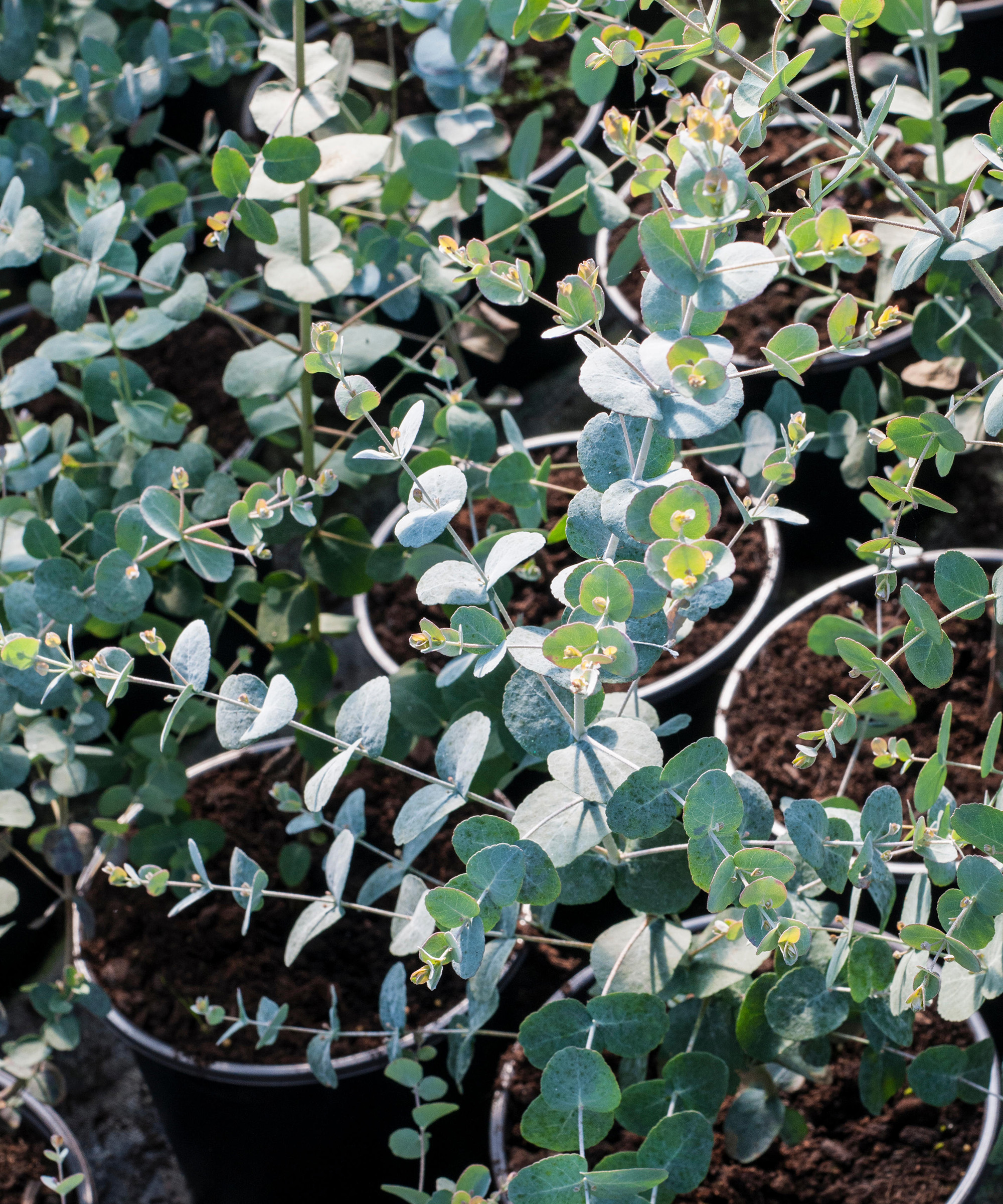
Italian cypress (Cupressus sempervirens) This distinctive, slender needle evergreen in the classic pointed-pencil shape makes an elegant specimen or small group.
Eucalyptus (Eucalyptus) Fast-growing aromatic trees with silvery foliage and beautifully patterned bark. Can be invasive in warmer zones. You can find eucalyptus trees, such as this baby blue variety, at Fast Growing Trees.
Date palm (Phoenix canariensis) One of the hardiest of all palms, and will often survive short icy spells, even if it loses all its fronds.
Also try: American holly (Ilex opaca), Live oak (Quercus virginiana), Chinese windmill palm (Trachycarpus fortunei).
Deciduous shrubs
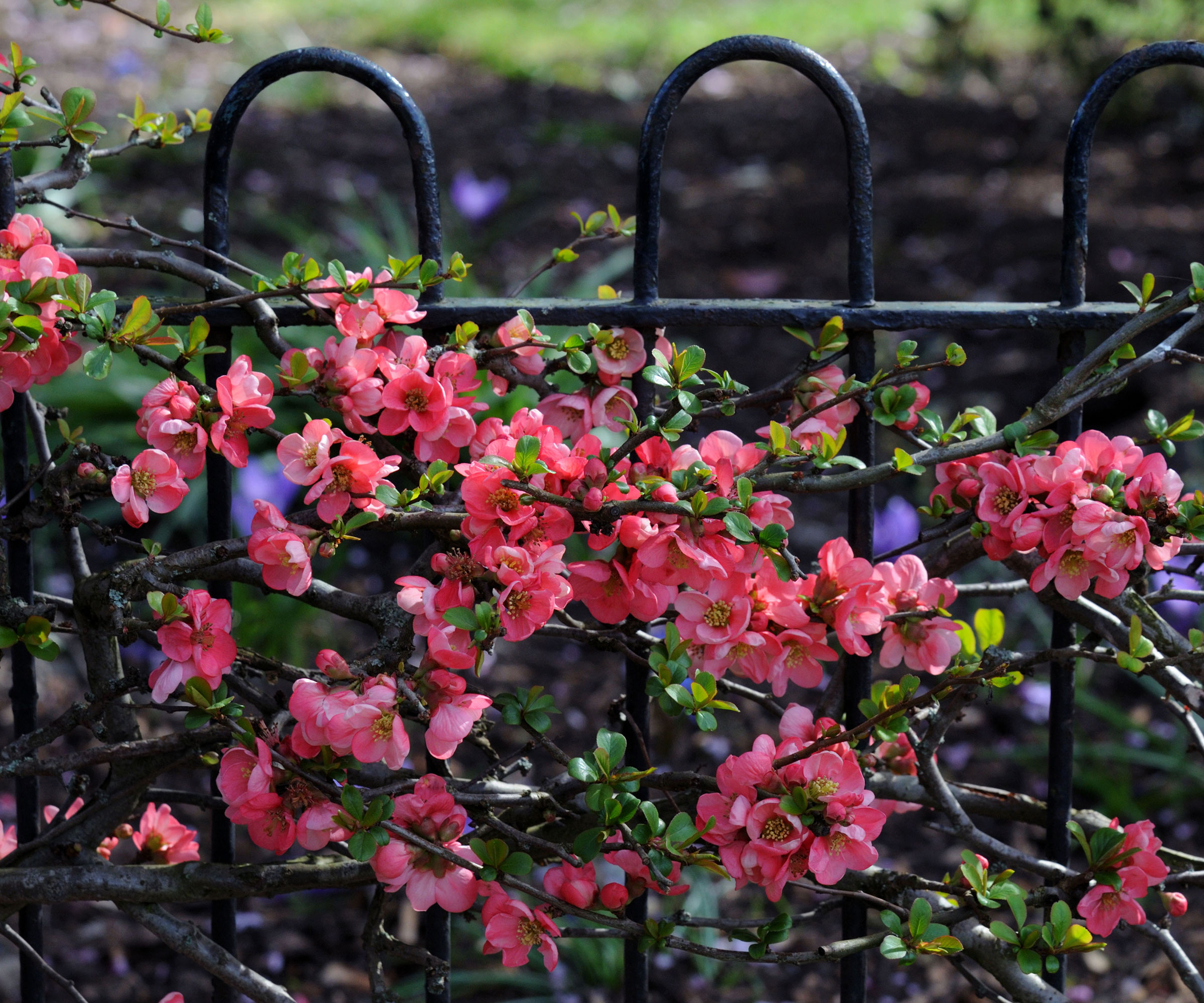
Flowering quince (Chaenomales) Bushy plants, with flowers like apple-blossom but in a wide range of red, orange, pink and white shades that are often followed by large fruits.
Hydrangea (Hydrangea varieties) A vast variety of tough, easy-to-manage plants with cones or spheres or lacecaps of long lasting flowers in reds, pinks, blues and white.n This stunning hydrangea paniculata 'fire light' is great value from Burpee.
Summer lilac, Crapemyrtle (Lagerstroemia indica) An essential flowering tree, sometimes known as the “summer lilac” in the south, many improved varieties are arriving.
Also try: Mock orange (Philadelphus), viburnum (Viburnum varieties), weigela (Weigela)
Evergreen shrubs
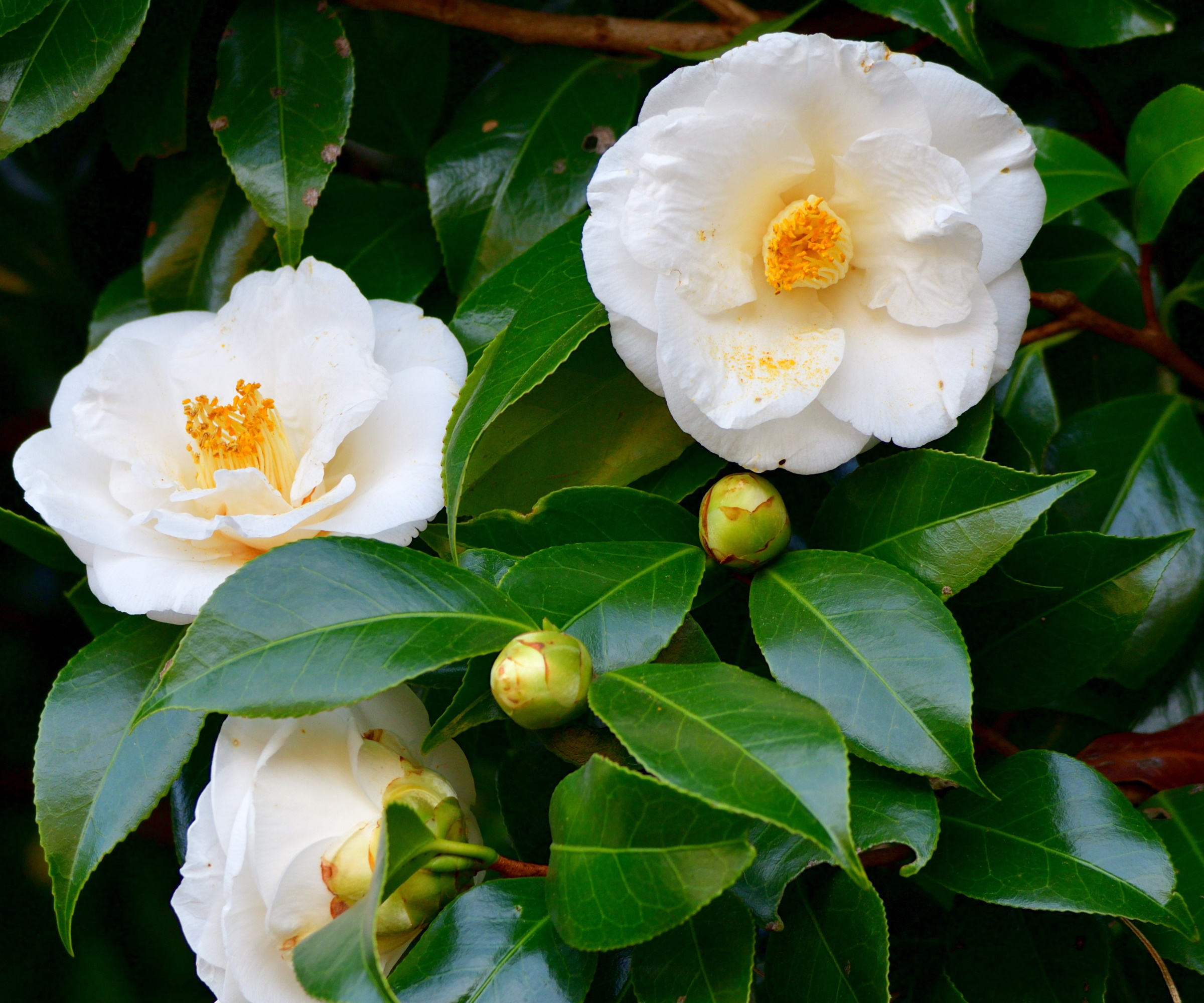
Camellia (Camellia) Dark glossy foliage sets off single or double winter and spring flowers mainly in reds, pinks and white. Good in containers.
Japanese fatsia (Fatsia japonica) Tropical looking, with bold jagged leaves and clusters of rounded white fall flowers followed by black berries.
Fringe flower (Loropetalum) Feathery red or pink spring flowers open with reddish new foliage that matures to shining green
Also try: Flannelbush (Fremontodendron californicum), Privet (Ligustrum, Holly teaolive (Osmanthus heterophyllus).
Vines

Armand clematis (Clematis armandii) Very vigorous vine, clinging by curling leaf stalks, the large white flowers open in loose clusters in spring. Easily pruned after flowering to limit its size.
Climbing hydrangea (Hydrangea petiolaris) Pretty white spring lacecaps line the branches of this handsome vine that clings to fences and walls like ivy.
Climbing and rambling rose varieties (Rosa) Many many, often fragrant, varieties with large clusters of small flowers or fewer larger blooms. This Rosa 'new dawn' from Nature Hills is a romantic shade of blush.
Also try: Trumpet creeper, (Campsis grandiflora), Variegated Algerian Ivy (Hedera algeriensis 'Gloire de Marengo'), Honeysuckle (Lonicera periclymenum).
Ground covers
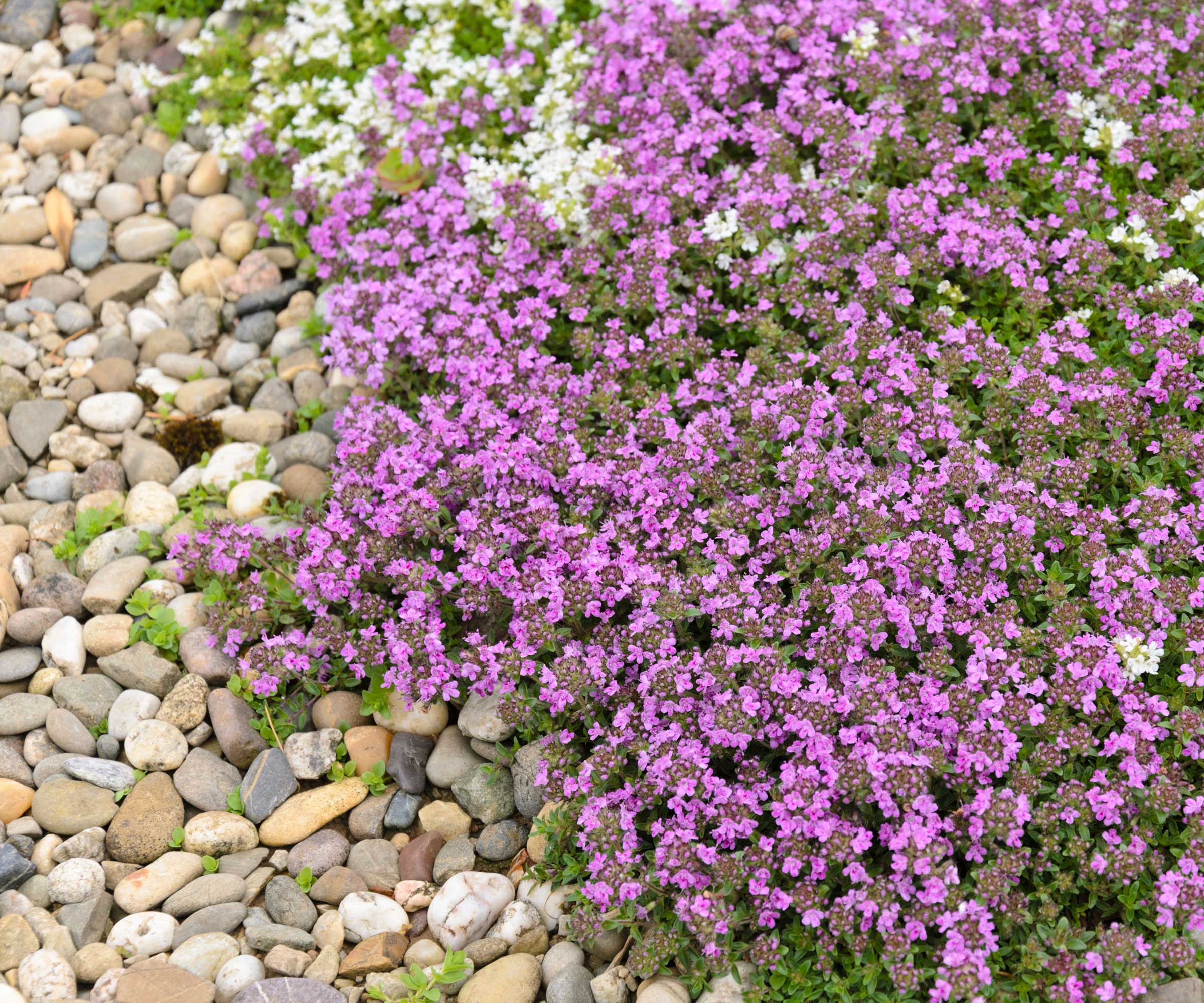
Elephant’s ears (Bergenia varieties) Bold leathery heart-shaped and usually evergreen foliage, which turns rich red in winter in many varieties, comes with spring spikes of pink or white flowers.
Cranesbill (Geranium varieties) Includes many fine ground covers, for both sunny and shady situations, many with attractive flowers and foliage.
Creeping Thyme (Thymus serpyllum) Spring flowering creeping thyme makes dense dark mat in sun, with purple summer flowers.
Also try: Wintercreeper (Euonymus fortunei varieties), Lilyturf (Liriope muscari), Ground covering rose varieties (Rosa).
Shade perennials
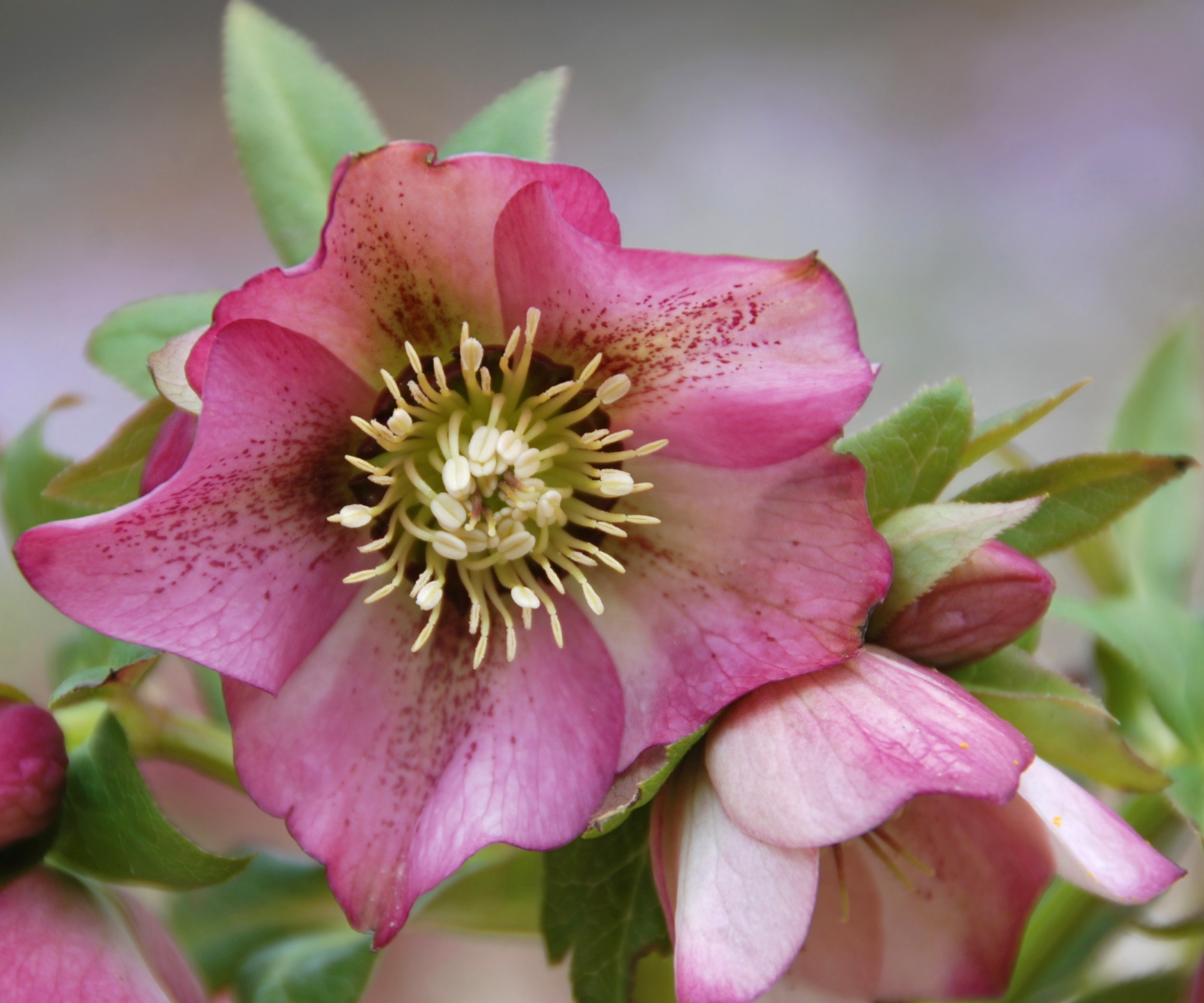
Hosta (Hosta) Favorites for superb foliage in many colors and color combinations, remember that some also come with fragrant summer flowers.
Hellebore (Helleborus) Bowl-shaped flowers, plus some very pretty doubles, in a wide range of colors on tough, winter flowering plants.
Hakone grass (Hakonechloa macra varieties) Fountains of slender foliage, in some varieties striped along their length in yellow or gold, fit well with other shade lovers.
Also try: Ferns (Athyrium, Dryopteris), Lungwort (Pulmonaria), Foam flower (Tiarella)
Sun perennials
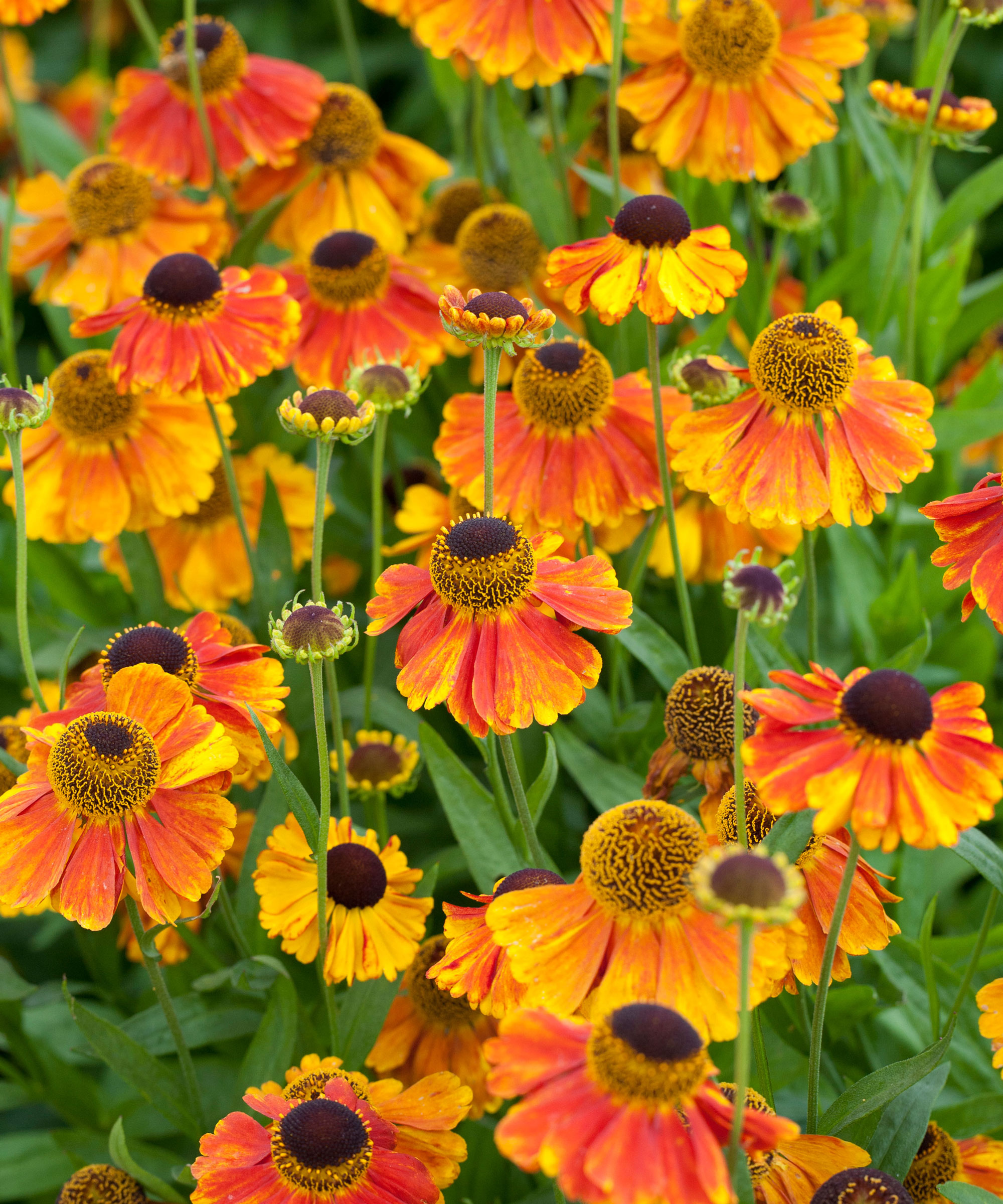
Chrysanthemum (Chrysanthemum) Choose hardy varieties, often called Korean chrysanthemums, although many other garden varieties are also good for Zone 8. Pot ‘mums are not reliably hardy in Zone 8.
Coneflower (Echinacea) Stout upright stems carry large daisies originally only in purple or white, with a raised honeyed central cone, but now in many more colors.
Daylily (Hemerocallis) Tough favorites that will take most situations except heavy shade. Choose your favorite colors and color combinations.
Also try: Sneezeweed (Helenium), Coralbells (Heuchera), perennial salvia (Salvia x sylvestris)
Spring flowering bulbs
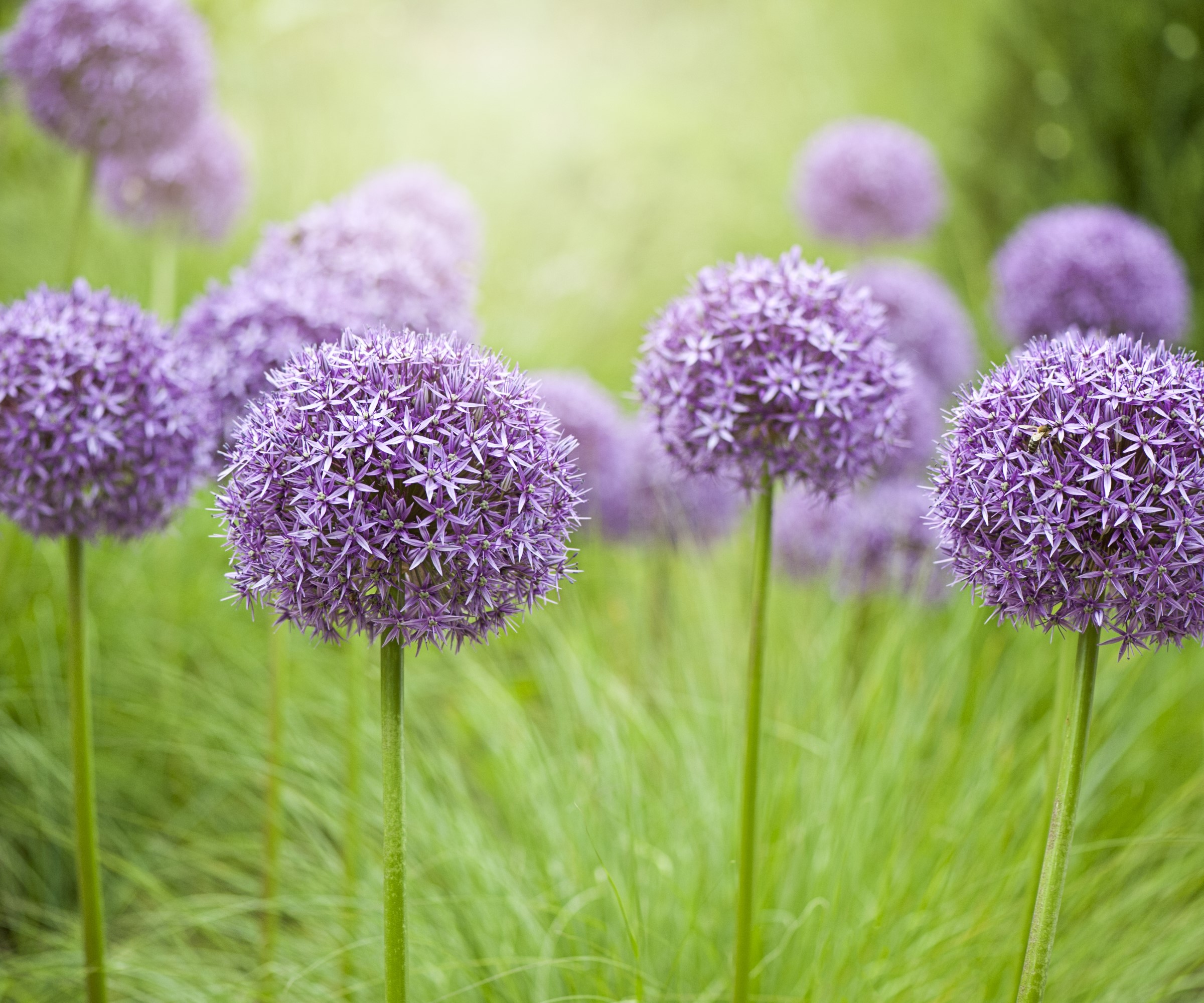
Windflower (Anemone varieties) Low and creeping varieties enjoy shade, while bright, clump-formers prefer sun. All are easy and colorful.
Crocus (Crocus) Naturalized in grass, spreading steadily through mixed borders and sparkling in pots – you can even grow your own saffron (which is a kind of crocus).
Daffodil (Narcissus) Colorful, dependable and easy to find in stores or online in many varieties. Plant in clumps, or scatter, and let them increase.
Also try: Ornamental onion (Allium), Bluebells (Hyacinthoides hispanica), Grape hyacinth (Muscari).
Summer flowering bulbs
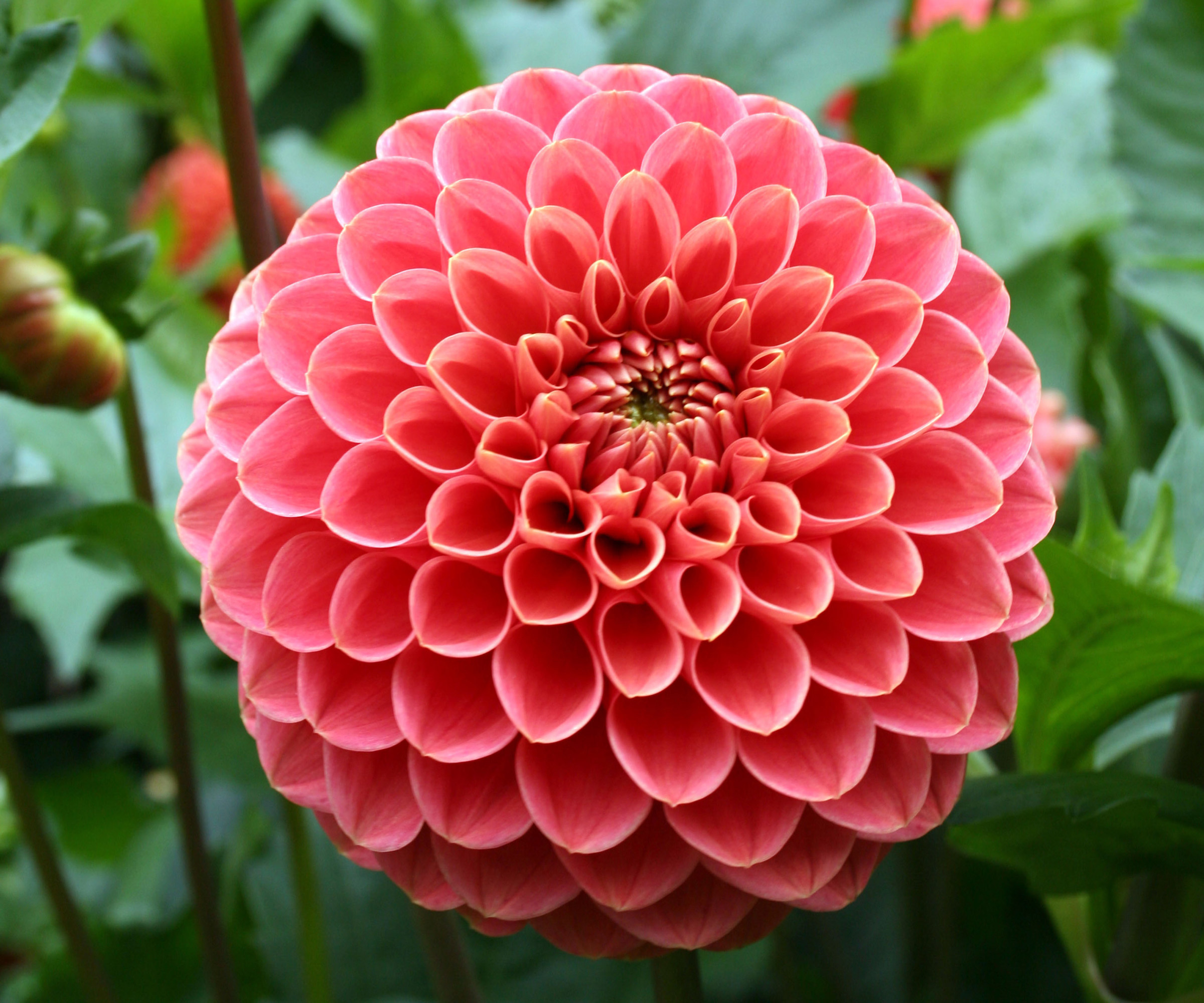
Dahlia (Dahlia) From knee-high to head-high, in dazzling colors and wondrous flower forms. Dahlias sometimes overwinter in Zone 8, sometimes not - definitely worth a try.
Pineapple lily (Eucomis) Dramatic plant with sword-like leaves surrounding upright stems crowded with flowers and topped by a bold tuft of leaves. For a sunny container or border.
Lily (Lilium varieties) Again, from knee-high to shoulder high, with large, usually trumpet-shaped flowers in many colors and color combinations.
Also try: Angel wings (Caladium), Canna (Canna), Gladiolus (Gladiolus varieties).
Native shrubs and vines
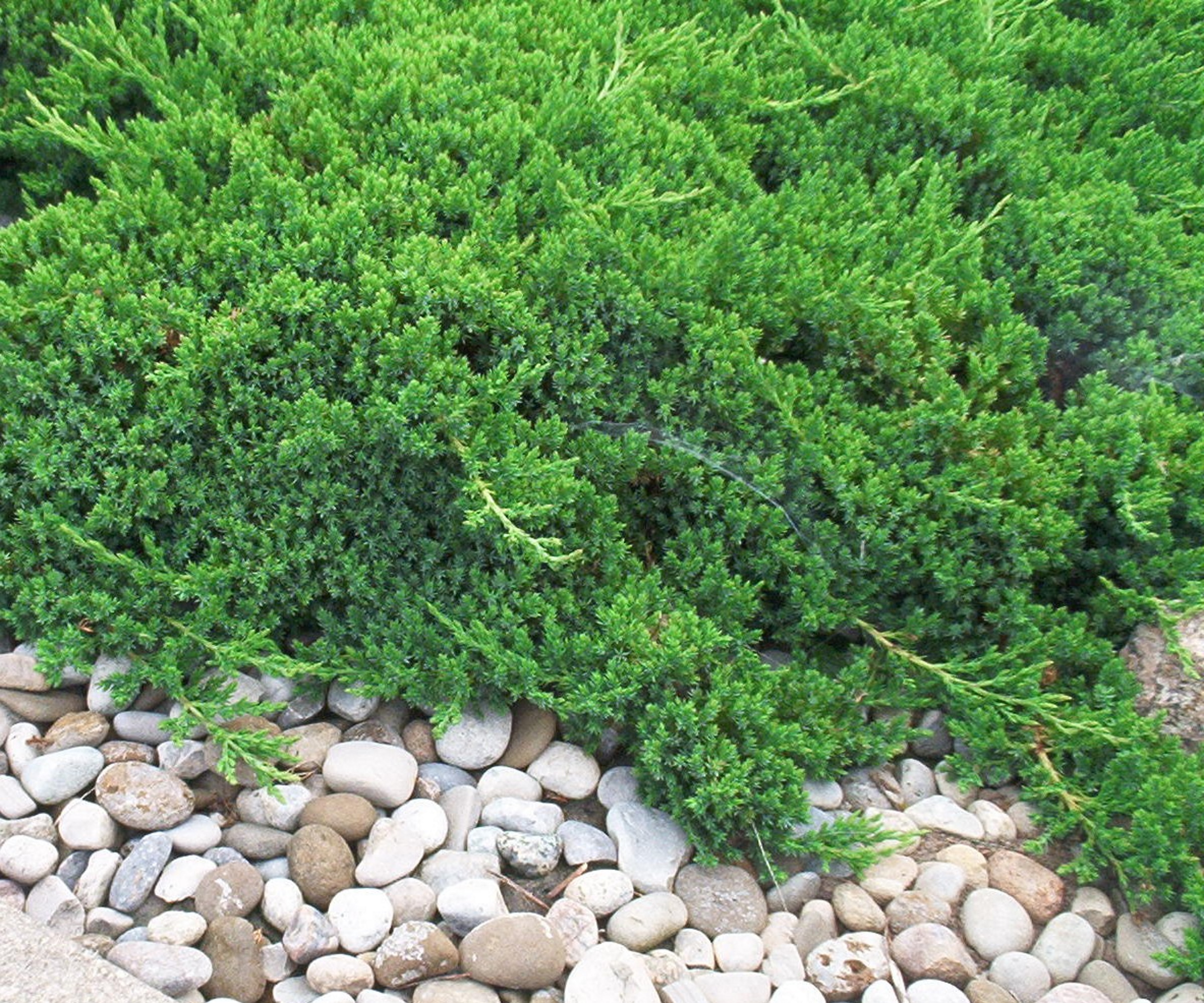
Fringe tree (Chionanthus virginicus) Frilly, long petalled late spring flowers are followed by purple berries and golden fall foliage color - all on a tree that will fit happily into most yards.
American smoketree (Cotinus obovatus) A large bushy shrub or small tree, with tiny flowers in a smoky summer haze followed by foliage that turns red, orange, gold and even purple.
Arrowwood (Viburnum species) Shrubs with white fluffy or lacecap flowers followed by clusters of berries in red, black, blue and sometimes two colors at once.
Also try: Crossvine (Bignonia capreolata), Creeping juniper (Juniperus horizontalis varieties), Buffalo currant (Ribes odoratum).
Native perennials
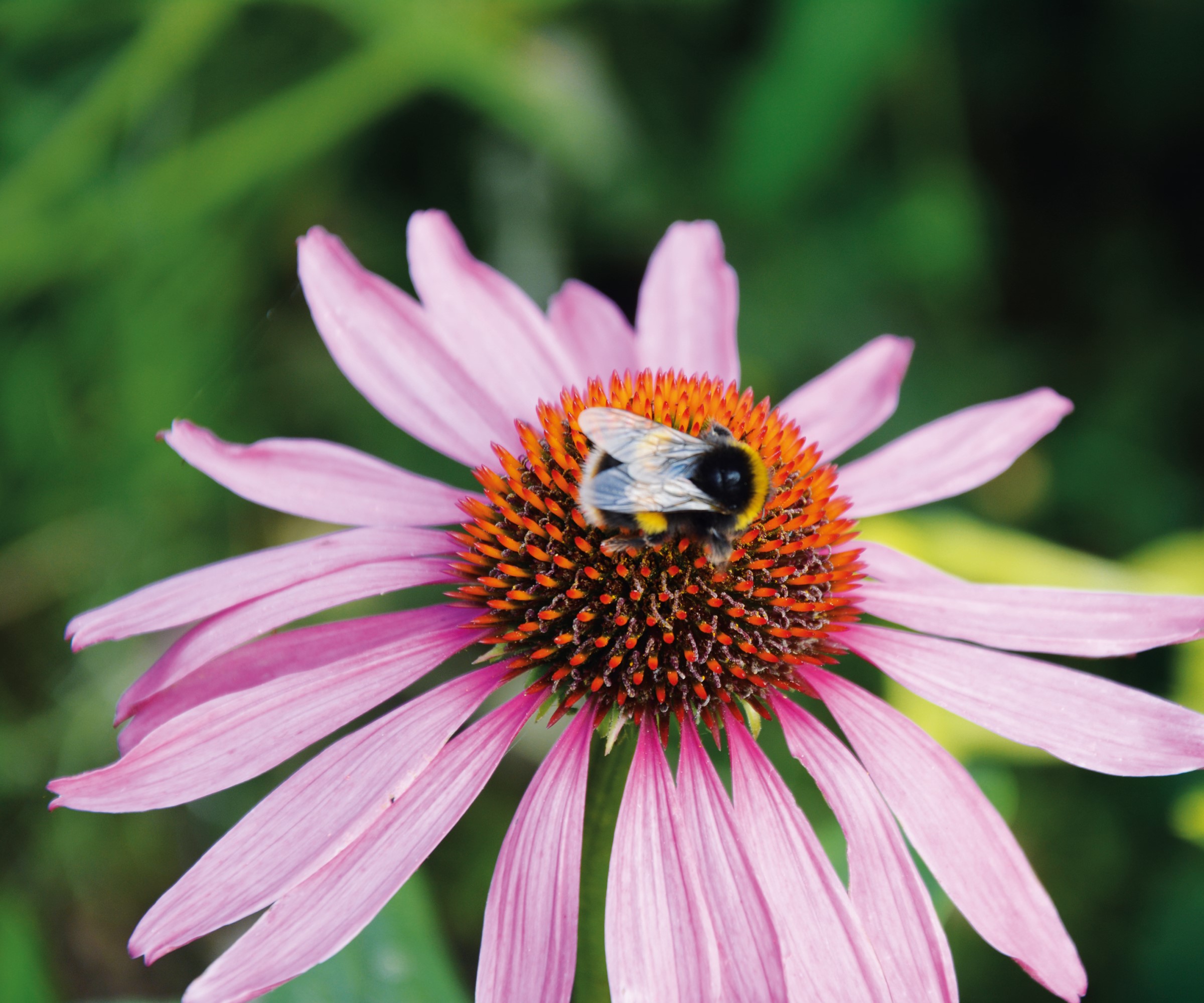
False Indigo (Baptisia varieties) Robust plants grown for their slender spikes of pea-like flowers, in many colors and color combinations, plus fat black seed pods and bluish foliage.
Joe Pye Weed (Eutrochium purpureum) Broad, flattish heads of fluffy flowers in shades of purple plus white flower long and late and are much-loved by butterflies. Also known as Eupatorium.
Common blue flag (Iris virginica) Classic iris flowers in shades of blue, each with a yellow flash, open on clump-forming plants in late spring and summer. Best grown in moist soil in sun.
Also try: Coneflower (Echinacea), Bee balm (Monarda), Garden phlox (Phlox paniculata).
Annuals
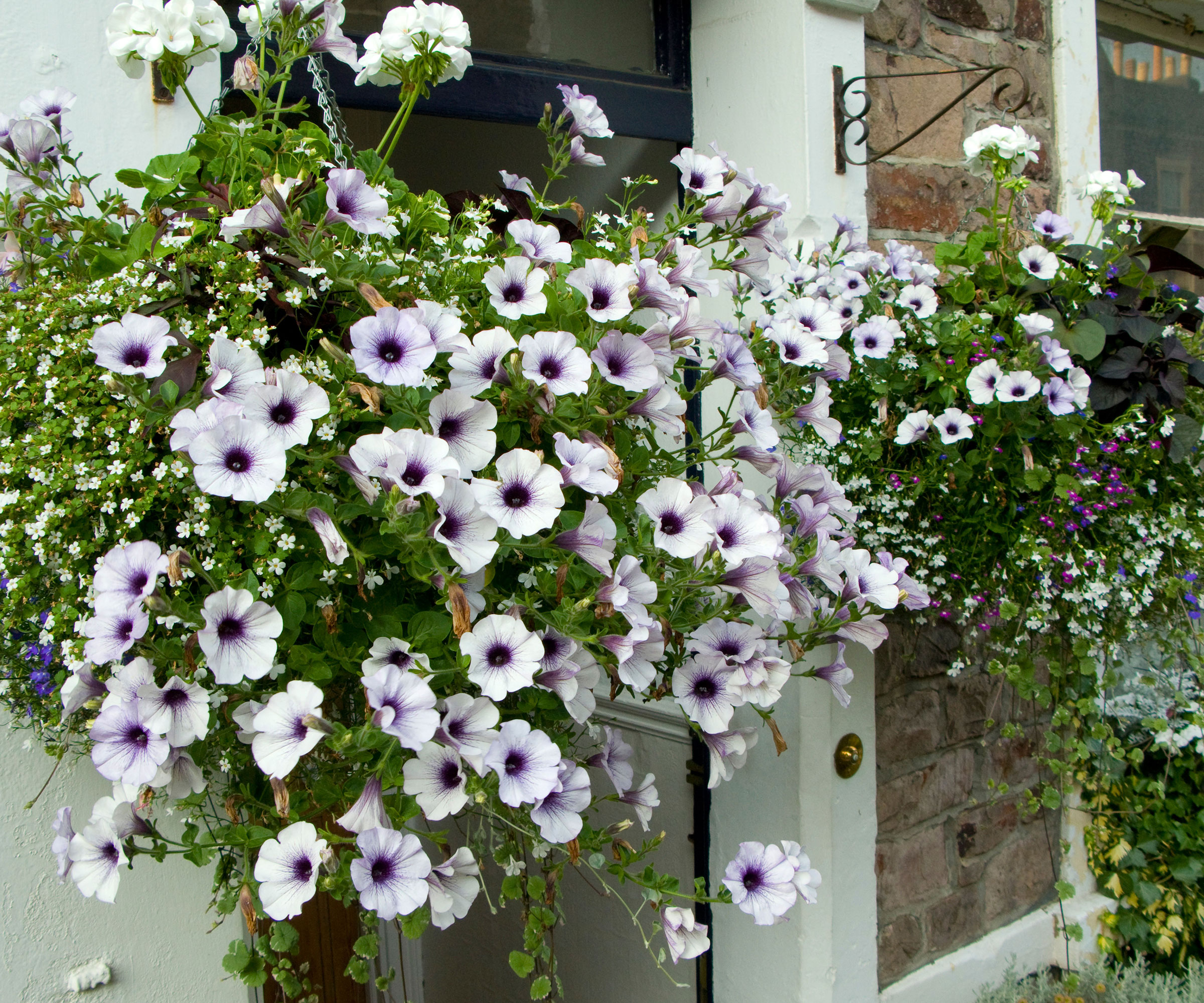
Wax begonia (Begonia semperflorens) Classic frost-tender annual for containers and flower gardens in sun, with bronze as well as green foliage and red, pink or white flowers all summer. Look for new varieties in new styles.
Impatiens (Impatiens) Only choose disease resistant types such as Beacon and Sunpatiens, the color range is astonishing and they thrive in a little shade.
Petunia (Petunia) Neat and clump-forming at one extreme, or trailing for baskets and creeping as ground cover – check carefully for the type you need and choose your favorite colors.
Also try: Annual lobelia (Lobelia erinus), Purslane (Portulaca), Nasturtium (Tropaeolum majus).
Vegetables
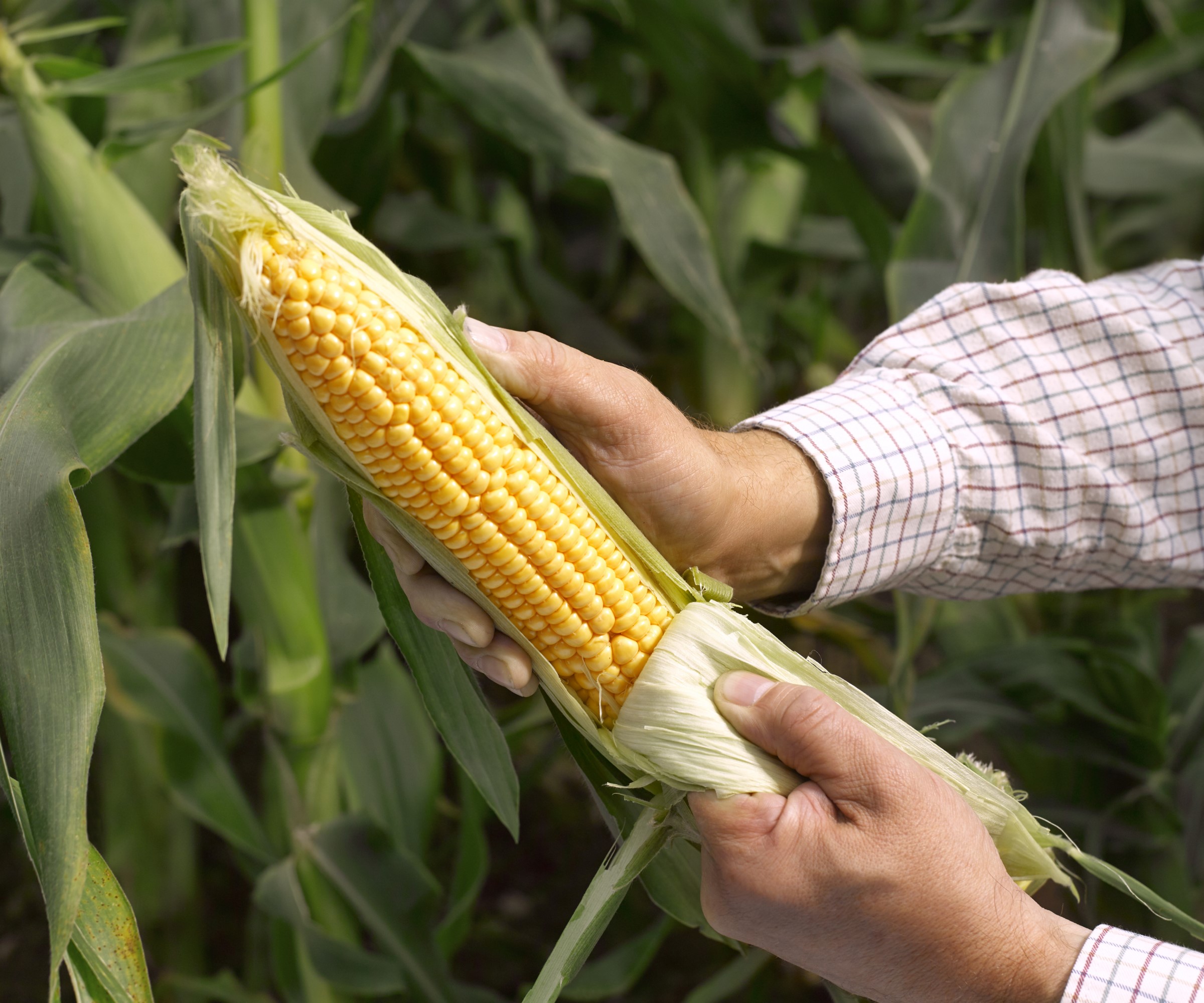
Corn Grows in cooler zones, but at its best in zone 8 where seeds can be started direct, in the ground, or in a protected area for a flying start. Plant in blocks, not rows, for the best crop.
Lettuce Hearted lettuce (crisp, romaine, and more) plus babyleaf varieties all thrive, but check websites, catalogs and seed packets for guidance on how to grow each type.
Tomatoes All types from cherry tomatoes to plum tomatoes and beefsteaks, in many colors, are easy to grow if seeds are started in protection or starter plants bought in.
Also try: Carrots, melons, zucchini.
Fruits
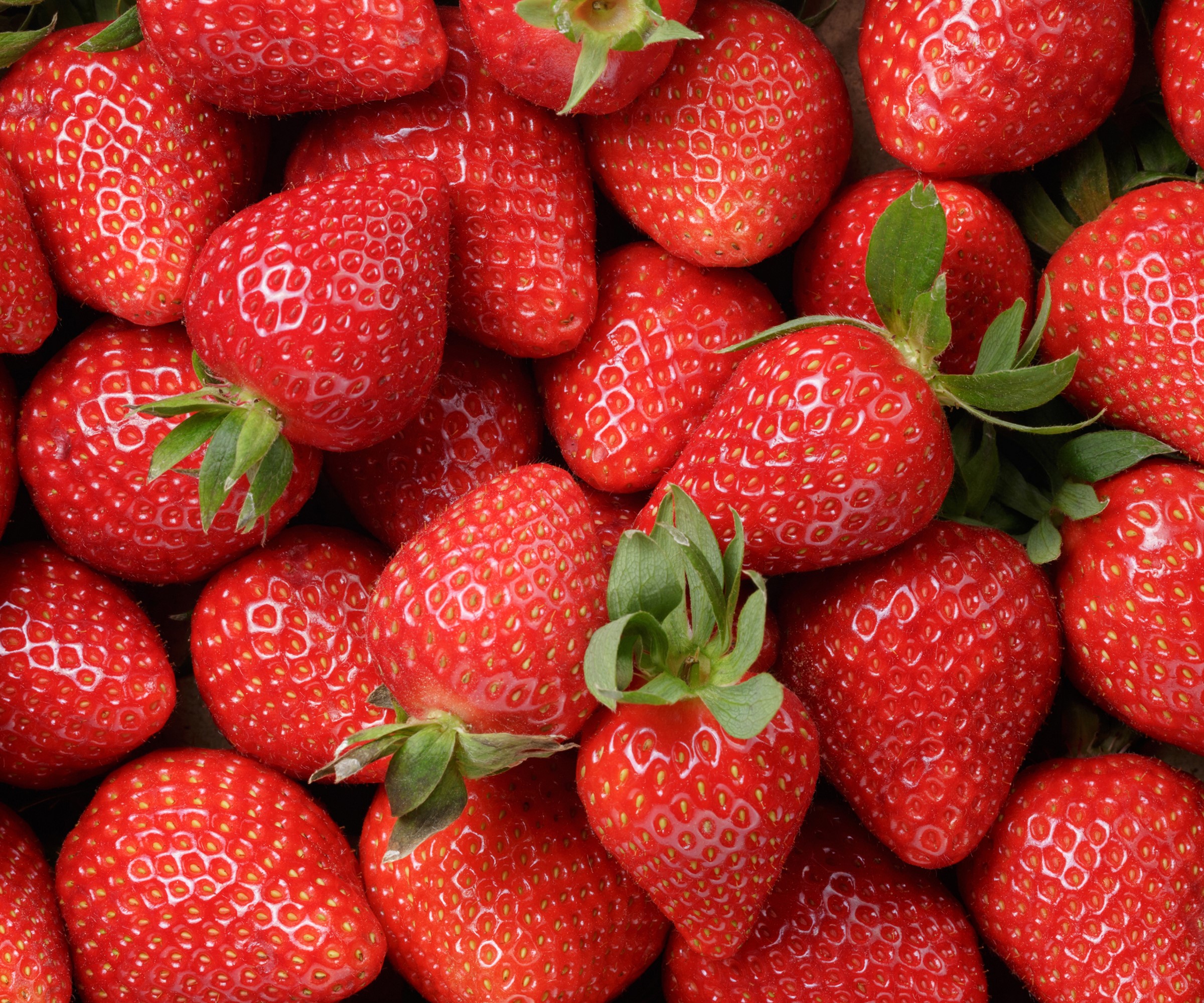
Berried cane fruits Choose both summer-fruiting and everbearing raspberry varieties for a long season crop packed with flavor, try blackberries too. Protect from birds with netting.
Dwarf fig Ideal in a large container or in a small yard, the dwarf fig variety ‘Little Miss Figgy’ will never develop into the large and vigorous tree as is common with traditional types.
Peach Choose varieties either for canning or for eating fresh, with yellow or white flesh. Your local extension service will advise.
Also try: Grape vine, Meyer lemon, strawberries.
As you will have discovered, the range of plants and crops you can grow in zone 8 is vast. If you're interested in trying out some of these planting ideas for the first time, you might like to know how to grow corn, or how to grow raspberries - for delicious annual crops.

Graham Rice is a garden writer who has won awards for his work online, and in books and magazines, on both sides of the Atlantic. He is a member of a number of Royal Horticultural Society committees and the recipient of the 2021 Garden Media Guild Lifetime Achievement Award. He gardened in Pennsylvania for 20 years, but has recently returned to his native England.